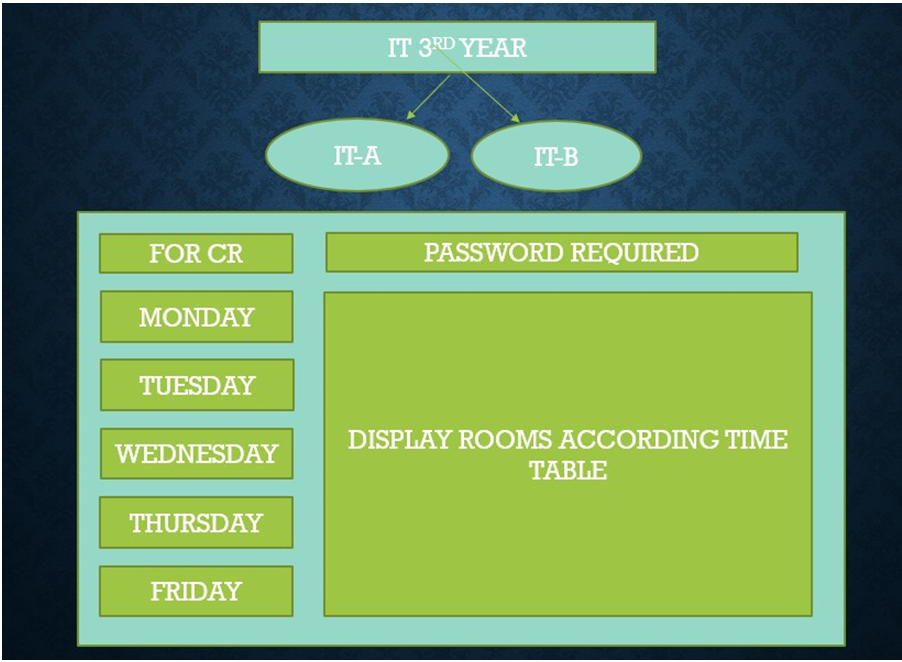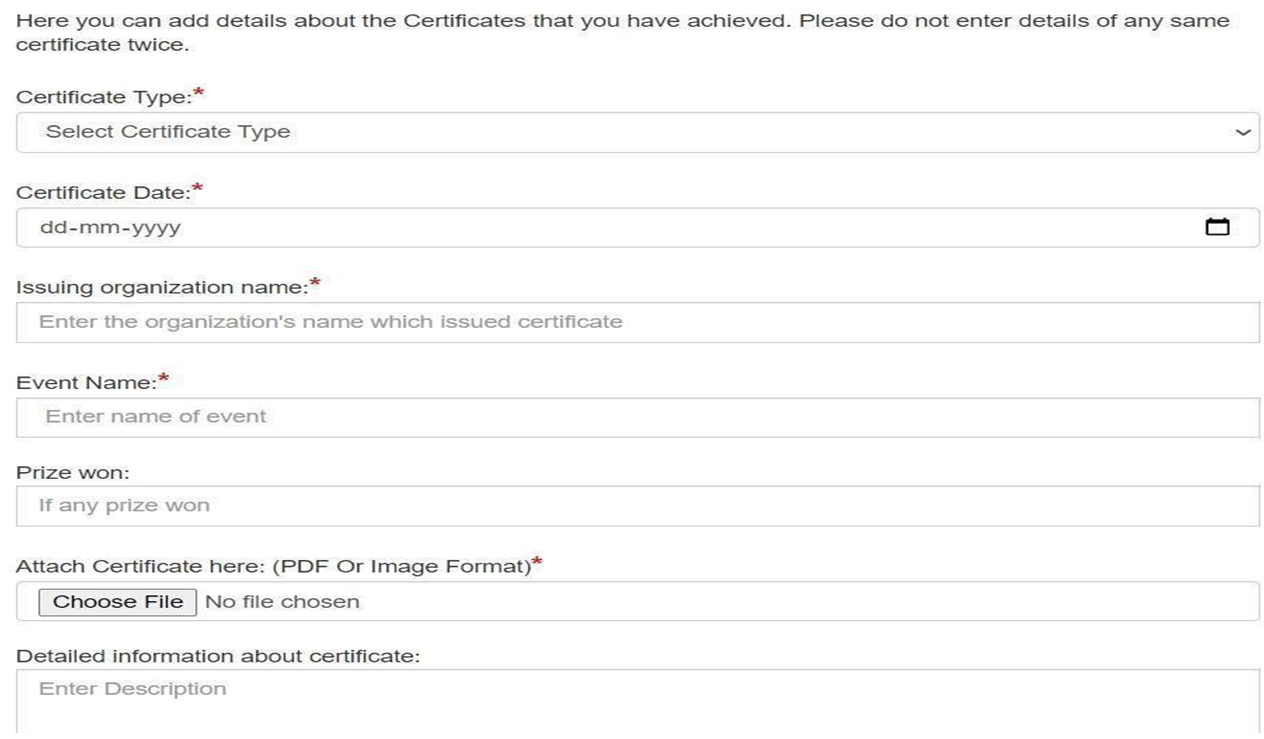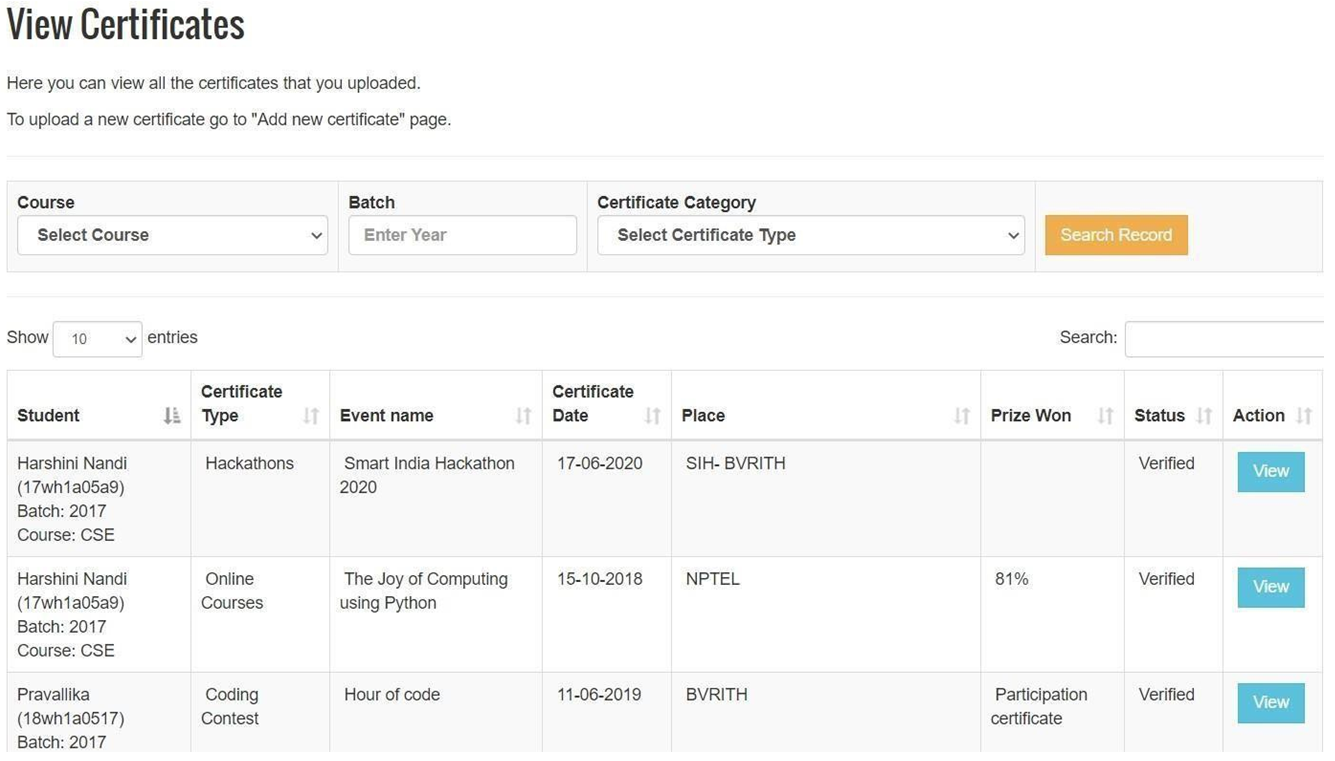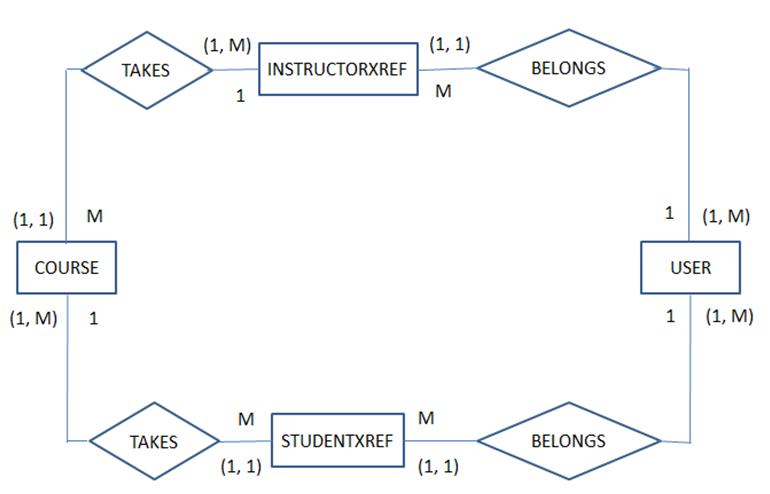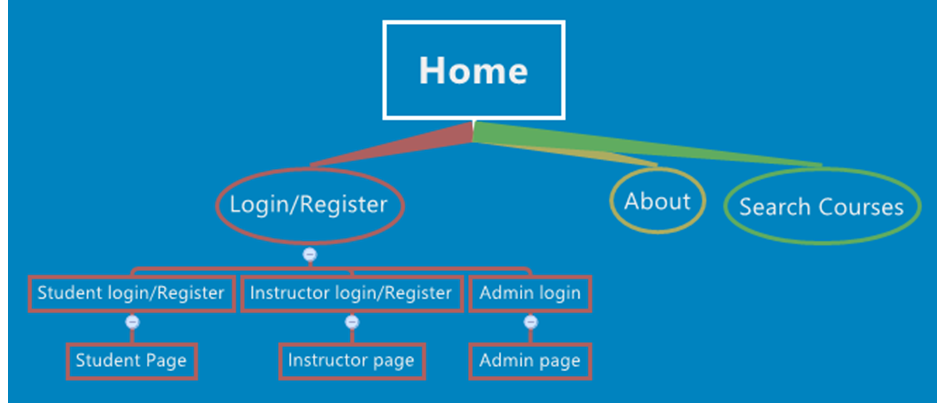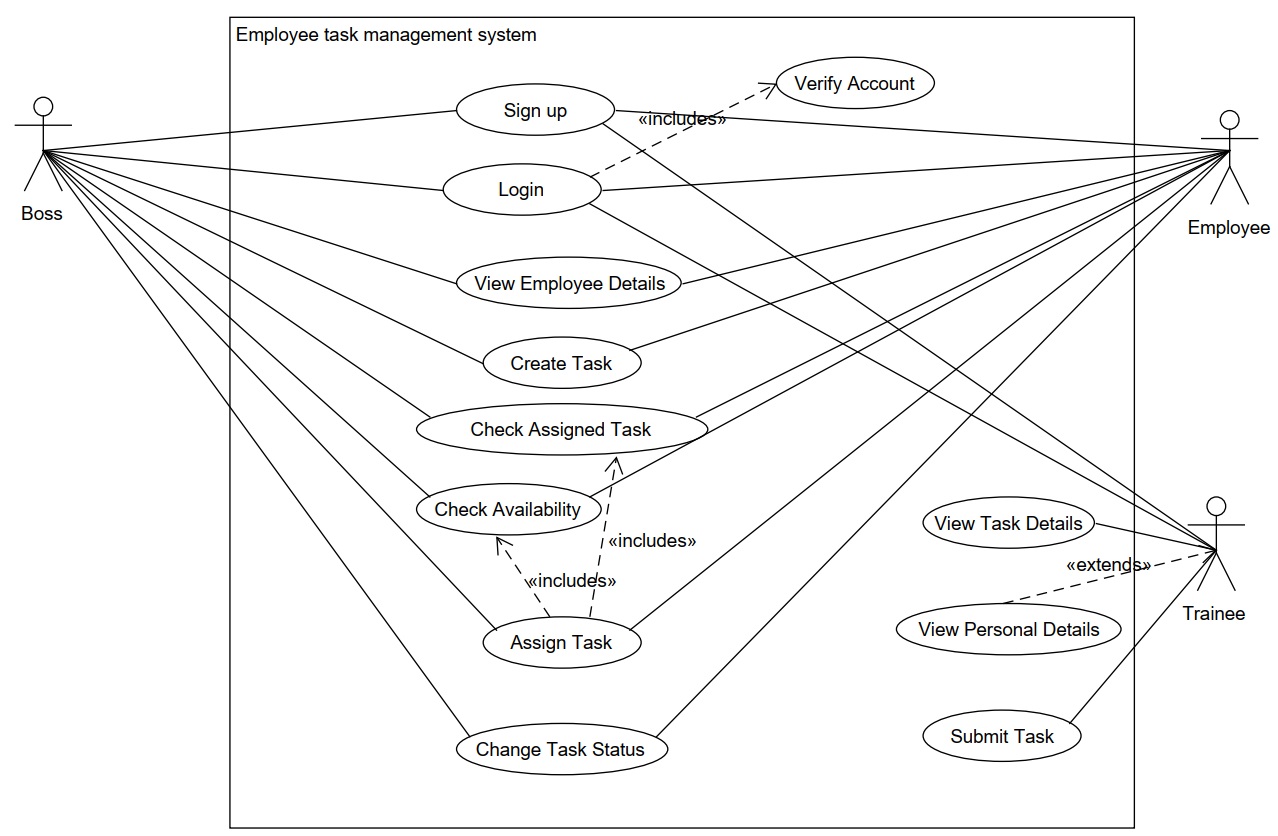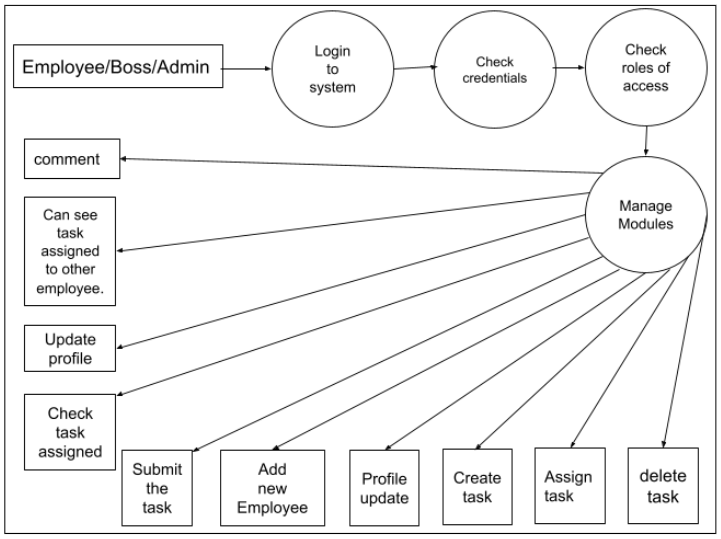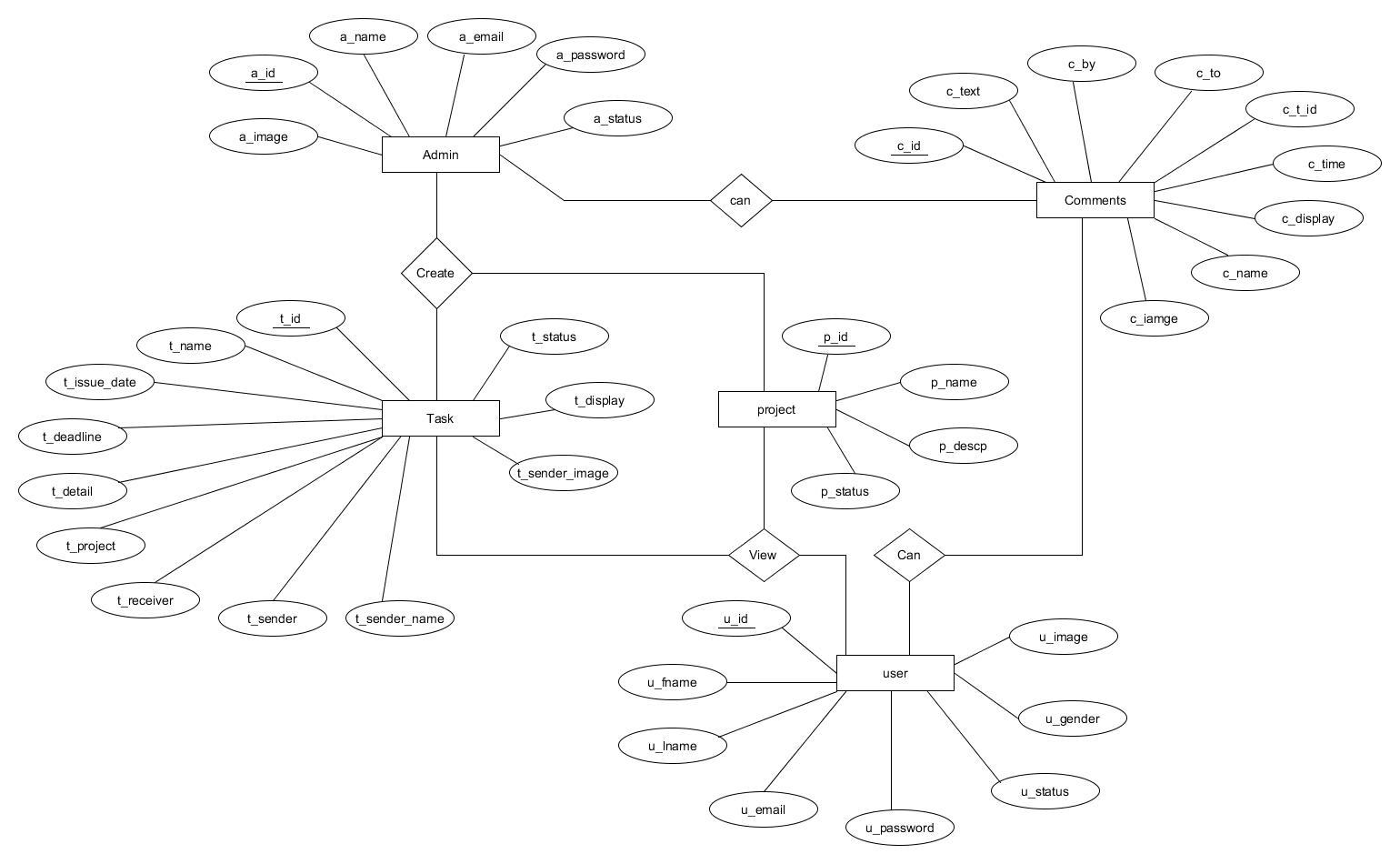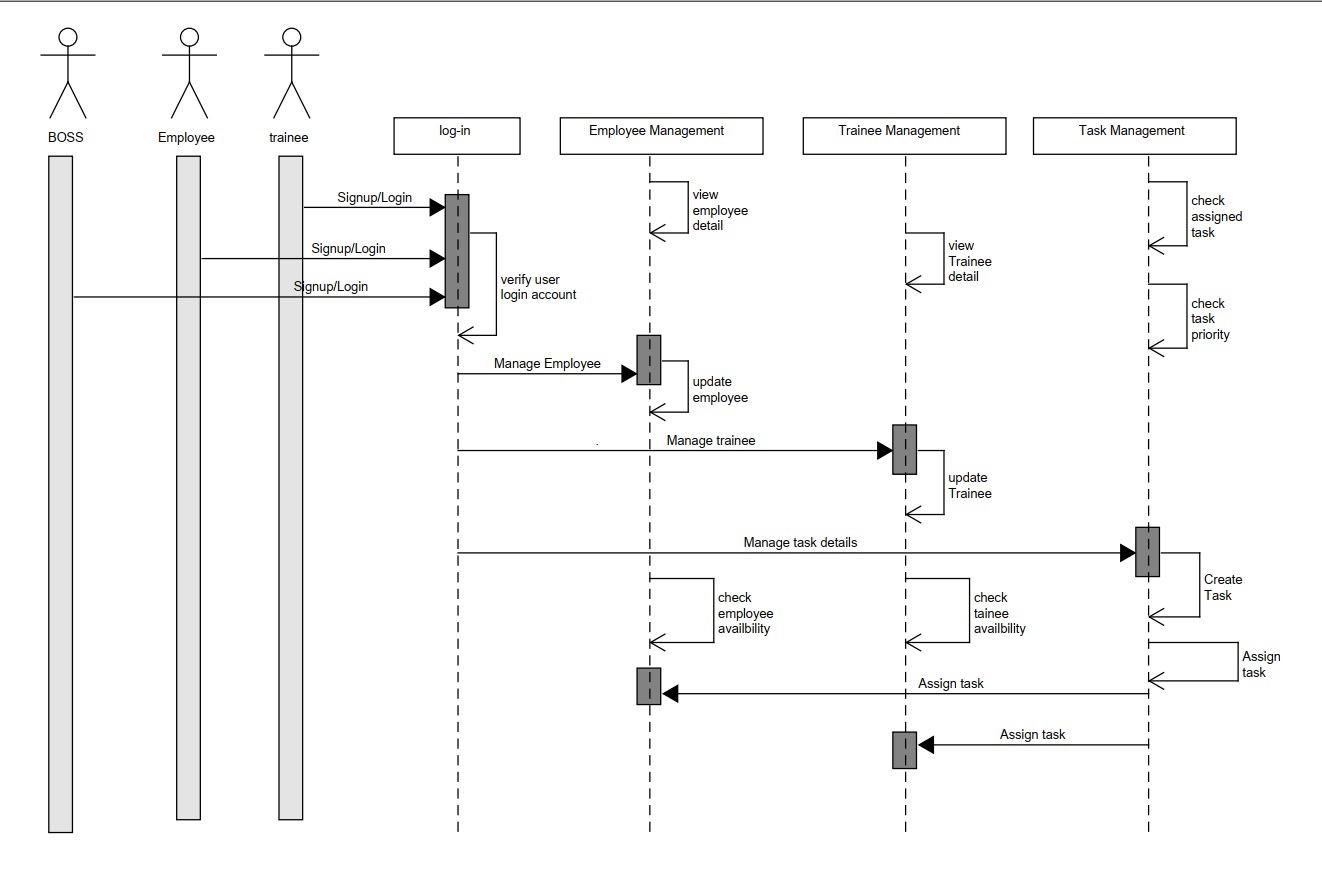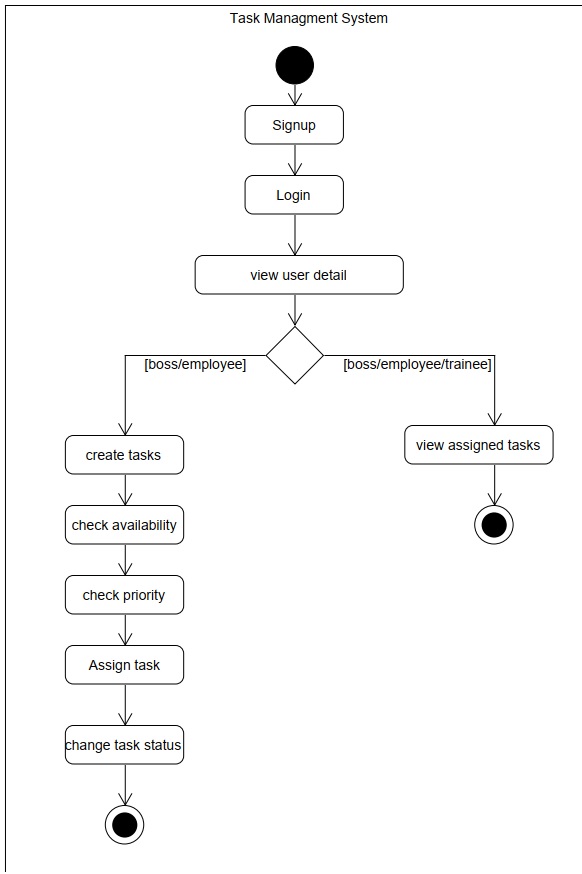This Supermarket Inventory System creates purchase orders once the inventory level reaches a predefined level. Supermarkets and the vendor’s warehouse use this system to create receipts and invoices. The accounting department uses this system to match invoices and receipts so that the payment can be recorded accurately.
Through this project, we will be able to focus on both small and big retail stores in helping manage the Inventory of their store with security implementation. If taken in a more general form it can be used to manage inventory of even Production houses and Warehouses.
The Inventory Management System is an application designed to allow the supermarket staff to create, maintain and view the contents and value of its inventory of items in a categorized way. It also aims to analyze the position of the supermarket in the market and help it know what items to order in what quantity by producing graphs depicting the sale of different items on different basis such as monthly, yearly, brand type, etc. The main goal as of now is to implement the application by considering security loopholes.
We will analyze and implement web security in this project followed by a case study on cyber crimes in India. By security inputs, it will decrease the vulnerability of applications being hacked and attacked. It provides the surety and trust to the customers that their resources are safe and secure. Customers’ trust should be an organizational job. It also determines the use of information security at its pick level to resolve real-world problems.
Overview of the Project
The Inventory Management System is an application designed to allow the supermarket staff to create, maintain and view the contents and value of its inventory of items in a categorized way. It also aims to analyze the position of the supermarket in the market and help it know what items to order in what quantity by producing graphs depicting the sale of different items on the different basis such as monthly, yearly, brand type, etc
The supermarket Inventory System is to facilitate our customers to track their products as and when they are transported from the vendor to the warehouse and from the warehouse to the retail location to the customers. It is necessary to keep our resources safe and protected. In order to implement security in the application it would be done by implementing encryption, keeping a secure session base password, implementing two-level authentications, observing system logs and security faults, analyzing network flow using Wireshark, implementing Wireshark, preventing the application validation from unnecessary inputs, session management, session hijacking, hacking, cross-site scripting and implementing code to prevent from SQL injection and many more.
Sample Home page emphasizes the basic details about IMS organization. Authorized and registered customers would be able to login in IMS system to track and place their orders. They can look at the GST module, can contact our customer support team for any queries, review frequently asked questions FAQs, latest sales available, and many more. New customers can visit our portal to know about the IMS organization and can contact us.
Conclusion:
This Supermarket Inventory System creates purchase orders once the inventory level reaches a predefined level. Supermarkets and the vendor’s warehouse use this system to create receipts and invoices. The accounting department uses this system to match invoices and receipts so that the payment can be recorded accurately. Through this project, we are able to focus on both small and big retail stores in helping manage the Inventory of their store with security implementation. The main goal as of now is to implement the application by considering security loopholes. We have analyzed and implemented web security in this project followed by a case study. By security inputs, it decreases the vulnerability of applications being hacked and attacked. It provides the surety and trust to the customers that their resources are safe and secure. Customers’ trust should be an organizational job.
Future Scope:
The future scope of this Supermarket Inventory Management System project is vast, as we are trying to implement security and decrease loopholes that help to create security awareness. It will be helpful and used in government organizations, private companies, and nonprivate sectors; researchers to make it much better and would be referred by institutions too. Further enhancement of this project will really help to build own company that provides Inventory support with all security features that will be used by all storekeepers, allowing the supermarket staff to create, maintain and view the contents and value of its inventory of items in a categorized way with less vulnerability. This system is a tool for tracking asset levels, order management, safety stock, sales, and deliveries. It would help to avoid product overstock and outages.
Download the complete Grocery Inventory Management System PHP & MySQL Project.

